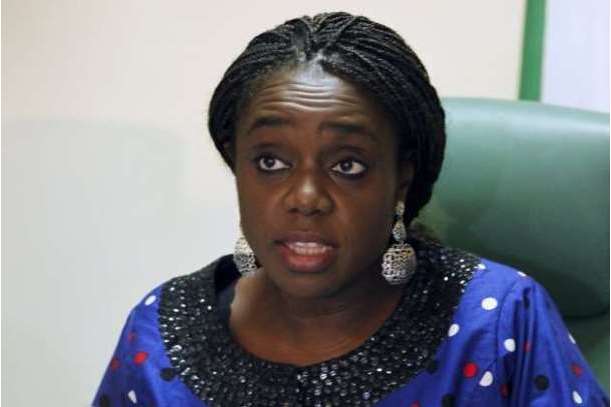Latest News
FDI inflows to Nigeria declined to $3.4 billion in 2015

News Highlight
- FDI inflows to Africa in 2015 was an estimated $38 billion, down 31 percent from $54 billion recorded in 2014.
- FDI flows are expected to decline in 2016 due to the fragility of the global economy.
The United Nations Conference on Trade and Development (UNCTAD) has said Foreign Direct Investment (FDI) to Nigeria fell 27 percent from $4.7 billion recorded in 2014 to an estimated $3.4 billion in 2015.
According to its latest Global Investment Trend Monitor released on Wednesday, UNCTAD said Nigeria was hit hard by the slump in oil prices. UNCTAD, which is the principal organ of the UN that deals with trade, investment, and development issues, also said FDI inflows to Africa in 2015 was an estimated $38 billion, down 31 percent from $54 billion recorded in 2014. The end of the commodity “super-cycle” had an impact on resource-seeking FDI, the UN agency said.
Flows into South Africa fell dramatically by 74 percent to $1.5 billion last year, from $5.7 billion which the second largest economy on the continent recorded in 2014.
As FDI flows faltered in Africa, so also it did in Latin America and the Caribbean, where flows dropped -11 percent reaching $151 billion last year. FDI inflows to Brazil, the region’s principal recipient, fell 23 percent to $56 billion.
UNCTAD said the pattern of FDI by economic grouping tilted in favour of developed countries which accounted for 55 percent of global FDI inflows in 2015. The United States was the largest recipient of FDIs in 2015 with estimated $384 billion inflows (the highest since 2000), while Hong Kong got the second largest share of global FDIs, receiving $163 billion (the highest ever). China ($136 billion), Netherlands ($90 billion), and United Kingdom ($68 billion), were the third, fourth and fifth largest FDI recipients in 2015.
Global FDI flows jumped 36 percent in 2015 to an estimated $1.7 trillion, their highest level since the global economic and financial crisis of 2008-2009.
However, the growth was largely due to cross-border merger and acquisitions (M&As) and reconfiguration of corporate structures. This did not translate into an equivalent expansion of productive capacity. FDI inflows had limited contribution from greenfield investment projects in productive assets.
Developing Asia accounted for one-third of global FDI flows as developing economies saw their FDI reach a new high of $741 billion, 5 percent higher than in 2014.
UNCTAD forecasts that FDI flows are expected to decline in 2016 due to the fragility of the global economy, volatility in financial and commodities markets, weak aggregate demand and deceleration in some large emerging market economies.
Notwithstanding, the UN agency said the forecast might differ if there is another wave of M&A deals. Improvement in macroeconomic conditions could also strengthen the confidence of investors and induce them to make productive investments in 2016, UNCTAD said.
A modest recovery is expected in 2016 with global growth projected to reach 2.9 percent this year compared to 2.4 percent in 2015. Further depreciation of currencies in emerging markets and possible sales of assets to restructure corporate debt may also stimulate additional FDI flows.
The next issue of the Global Investment Trend Monitor will be released in mid-April.
Related News
Latest Blogs
- Between strong labour union and weak industry
- Nigeria and the International Oil Pollution Compensation Fund
- Prospects of Islamic finance in upscaling off‑grid renewable solutions in Nigeria
- Social outcomes as the tail that wags climate action
- The case for due process in aviation regulatory enforcement
Most Popular News
- NDIC pledges support towards financial system stability
- Artificial intelligence can help to reduce youth unemployment in Africa – ...
- Verod Capital exits Tangerine Pensions, sells stake to APT Securities
- Africa Finance Corporation closes record $1.5 billion syndicated loan
- New discovery offers hope against devastating groundnut disease
- Prospect of rally dampens after oil prices tumble








